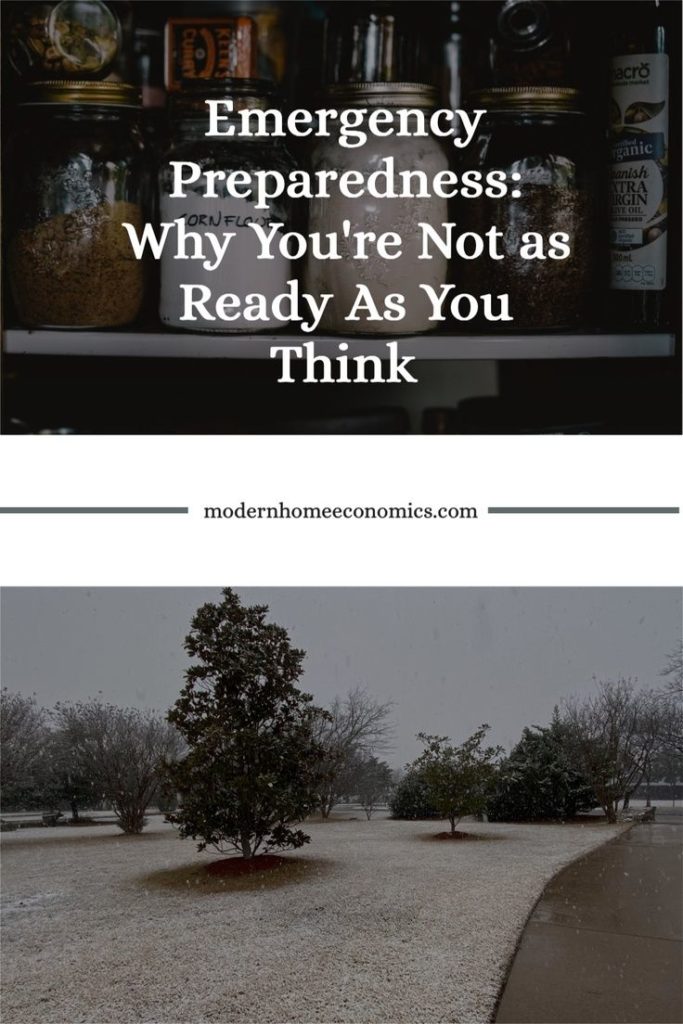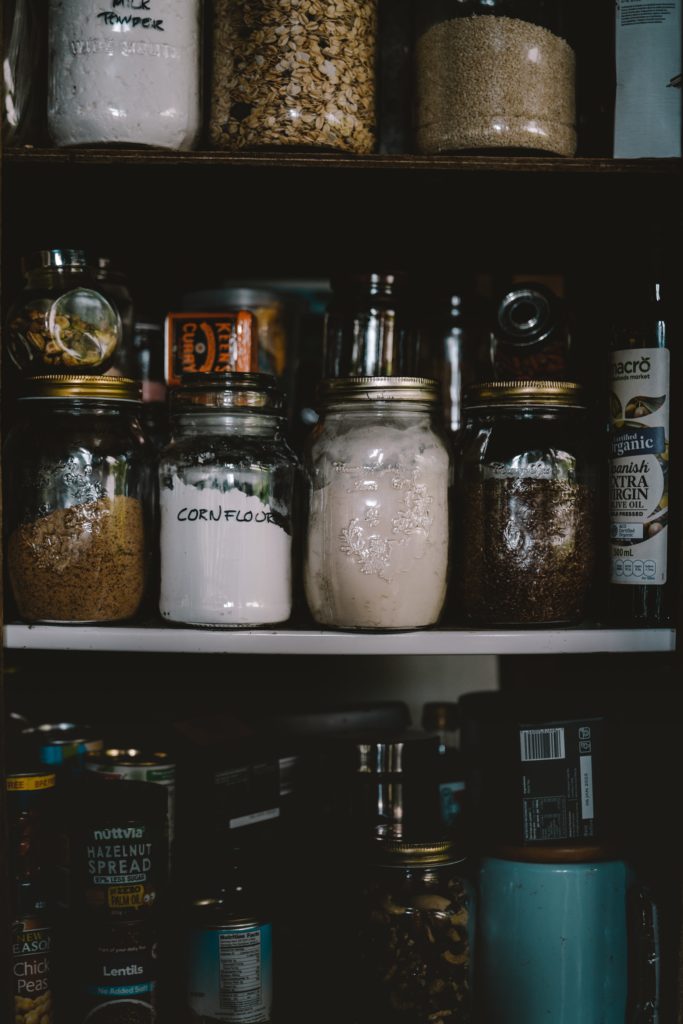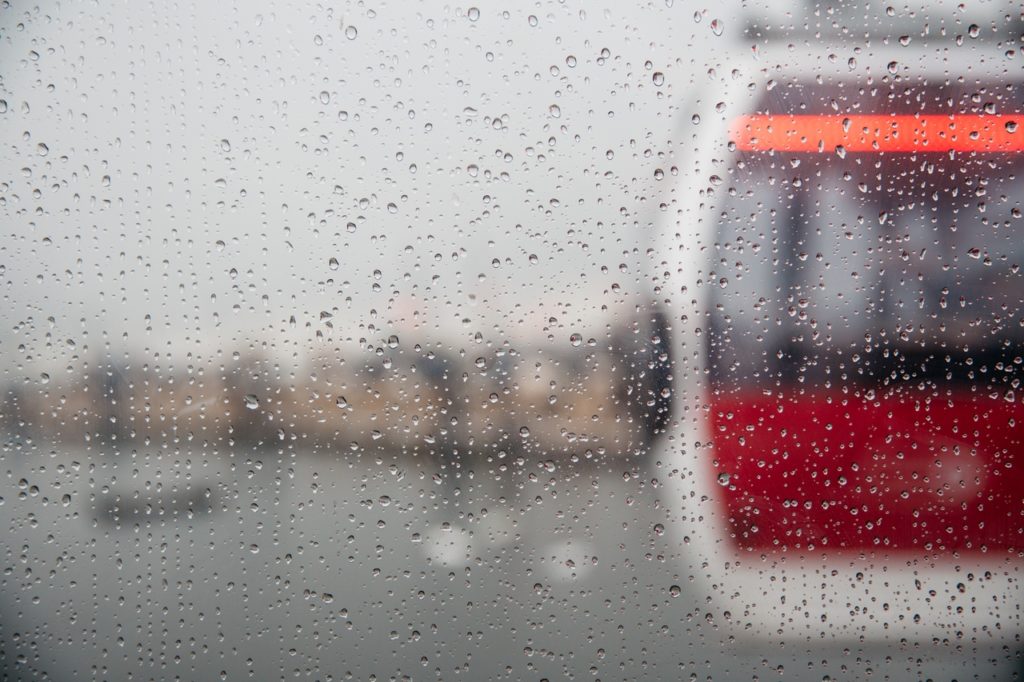It amazes me at how many different types of emergencies I’ve navigated personally over my lifetime:power outages (extended, rolling, and short term), household job loss, extreme weather (both wildfires and freezes), a pandemic, and more. Because we lived for quite a few years in an area prone to earthquakes and wildfires, my husband and I have researched, purchased, organized, and planned over the years so that we were ready for an emergency.
But, as each new emergency happened, we learned something new – something we hadn’t considered, hadn’t planned for, or were missing.
Even if you’ve planned and prepared and think you’re ready for an emergency – you’re most likely not.
If you don’t walk through your emergency plans and consider where you might be deficient, the results could be anywhere from merely inconvenient to life threatening. Alternatively, by working through potential deficiencies ahead of time, you are less likely to be surprised by something you’re missing or hadn’t considered.
Why are you not ready?
You haven’t prepared in an organized manner.
Maybe you’re following someone else’s list. Or, maybe you are doing things as you’re able to, whether for space or financial reasons. However, if you don’t consider in what order you’re preparing, you might end up being less prepared than you think: say, in a power outage with canned food but no can opener or way to cook it.
You’ll definitely want to look at what you have so far and figure out if there is anything else that you need to have to use it. If you have pre-made meals that you need to add hot water to, do you have a way to heat water? This could be a small camping stove or a way to light a fire. If you have canned goods, do you have what you need to make a meal? Or do you have a haphazard assortment of foods that don’t really go together?
The first step to resolving this is to inventory what you have and look for what might be missing. Which leads to the next reason you may not be as prepared as you think.
You haven’t organized your supplies.
Are you really prepared if you can’t find what you need? This was one of our biggest mistakes: not adding newly purchased items to our emergency supplies. When we needed them, we spent a lot of time searching for them.
There are many different ways to store your supplies, and a lot of it comes down to whether you are planning to shelter in place, or if your most likely emergency would require you to evacuate.
Potential emergencies where you would potentially shelter in place:
- power outages
- extremely cold weather (where ice or snow could prevent you from leaving your location)
- poor air quality
- job loss or financial difficulty
- pandemic-type illness
Potential emergencies where you would potentially need to evacuate:
- hurricane
- aftermath of extreme weather that could have damaged your home (fire, tornado, or similar)
- wildfire
- other types of extreme weather (if you have warning and need to be in a location with guaranteed electricity or running water)
If you plan to shelter in place, you can keep many items on shelving or tucked under a bed for storage. But, if you may need to evacuate, you’ll want to have your items in a container that is portable. Many emergency agencies recommend starting with enough emergency supplies to last you three days. Three days’ supplies should fit in something that can be carried, whether a duffle bag, 5-gallon bucket, a plastic tub, or something similar.
You haven’t prepared for your most likely event.
That’s great if you’re prepared for a hurricane. But if you’re more likely to deal with a wildfire, is it really useful? It’s better to start by planning for your most likely emergency.
Start by looking at the history for your area. What emergencies has your area seen? How often?
First prepare for the most likely event, whether that’s a power outage or some form of extreme weather or something else. From there, you can prepare for other events that have happened. Keep in mind that most emergencies are groups of emergency events. With wildfires, many times the utility companies may turn off electricity to an area to prevent power lines from sparking additional fires. If your area is prone to freezes, you may lose electricity if power lines go down due to ice buildup or lose water if your water lines freeze or burst.
If you move to a new area, remember that you’ll need to repeat this process. We recently moved from Southern California – high winds, power outages, wildfires, earthquakes – to Northern Texas – high winds, thunderstorms, tornadoes. And, of course, several months after our move, the once-a-century extreme freeze happened. Because we were (mostly) prepared to shelter in place in case of a wildfire or power outage (and I had prioritized rebuilding our food storage just after we arrived) we were okay.
Where do you see room for improvement in your own preparation? Or do you need to start?




